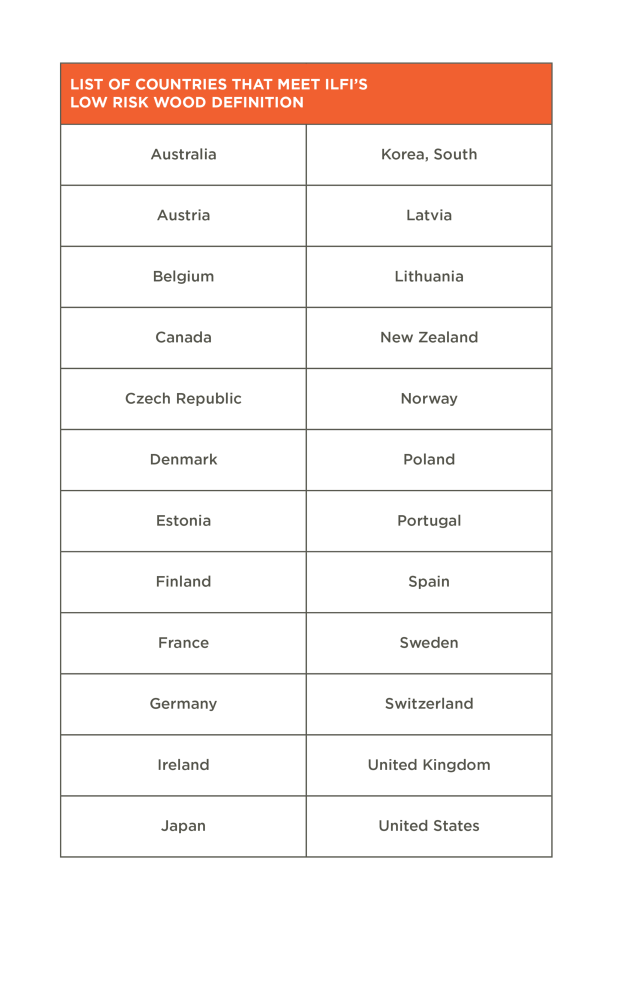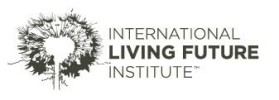Wood Sourcing
To fully align with the Responsible Sourcing Imperative within the Materials Petal of the Living Building Challenge, all wood containing products are required to confirm compliance with one of the following:
- FSC Chain of Custody Available (documentation upload required for reference)
- According to the Forest Stewardship Council (FSC), FSC Chain of Custody is “a certification which traces the path of products from forests through the supply chain, verifying that FSC-certified material is identified or kept separated from non-certified material throughout the chain.”
- REF: https://us.fsc.org/en-us/certification/chain-of-custody-certification
- Manufacturers must submit a valid FSC Chain of Custody certificate and provide ILFI with the specific FSC license code (FSC-C######) associated with the valid FSC Chain of Custody certificate. The FSC license code is to be used on a product label or when a promotional claim is used; the Declare label functions as a tool that a manufacturer could use as promotional claims regarding potential availability of FSC Chain of Custody products. Manufacturers should be prepared to additionally supply their proof of certification on their own product packaging and in customer invoices. Learn more about verifying that a company is FSC Certified.
- Manufacturers can use their own individual code or that of the parent company, when materials are produced centrally, provided the contact information of the company is included.
- Salvaged Wood Content
- Salvaged wood is defined as wood already extracted from the forest and used for some purpose. Down and dead trees are not considered salvaged.
- Low Risk Wood
- Low risk is defined as a source country with a score of 80 or higher as reported on the Preferred by Nature Sourcing Hub, where the country has laws and a low rating for both the CITES (Convention on International Trade in Endangered Species of Wild Fauna and Flora) and Protected Sites and Species Sub-categories, and laws in at least 13 additional Sub-categories, including one law in each of the five Categories.
- Within the Sourcing Hub, the laws assessed can be found by filling in the requested information and downloading the Timber Legality Risk Assessment. Each Risk Assessment contains a summary table of the findings, which identifies the Legal Categories and Sub-categories assessed. An entry of N/A on the table means that the country does not have laws related to the Sub-category.
- One or more Responsible Sourcing Exceptions
Table 3 List of Countries that meet ILFI’s Low Risk Wood Definition
(current as of October 2020)

If a wood containing product is unable to confirm compliance with one of the above, it will not be considered compliant with the Responsible Sourcing Imperative of the Living Building Challenge, and will be identified as such on the Declare label.
Need more help with this?
Don’t hesitate to contact us here.



